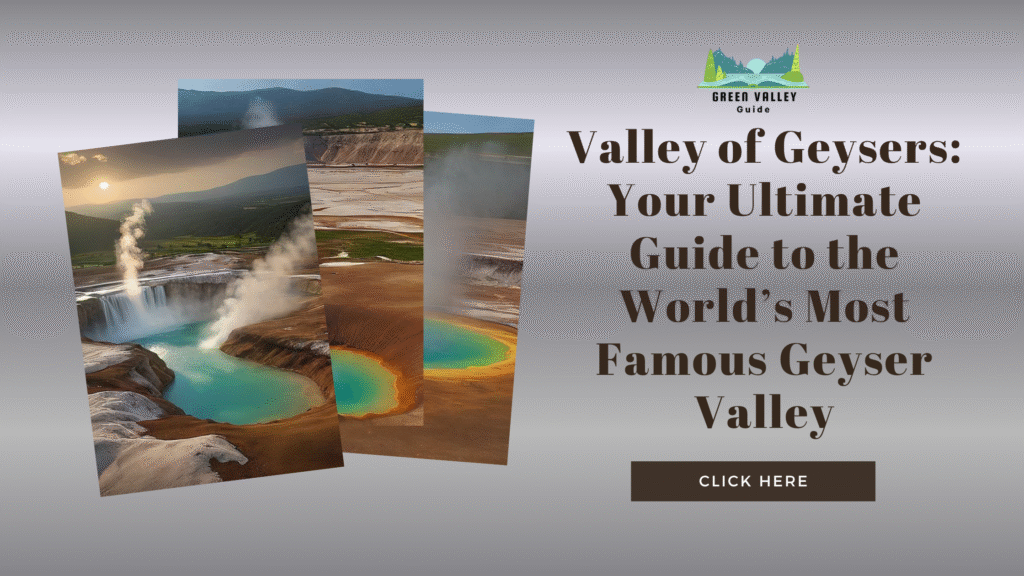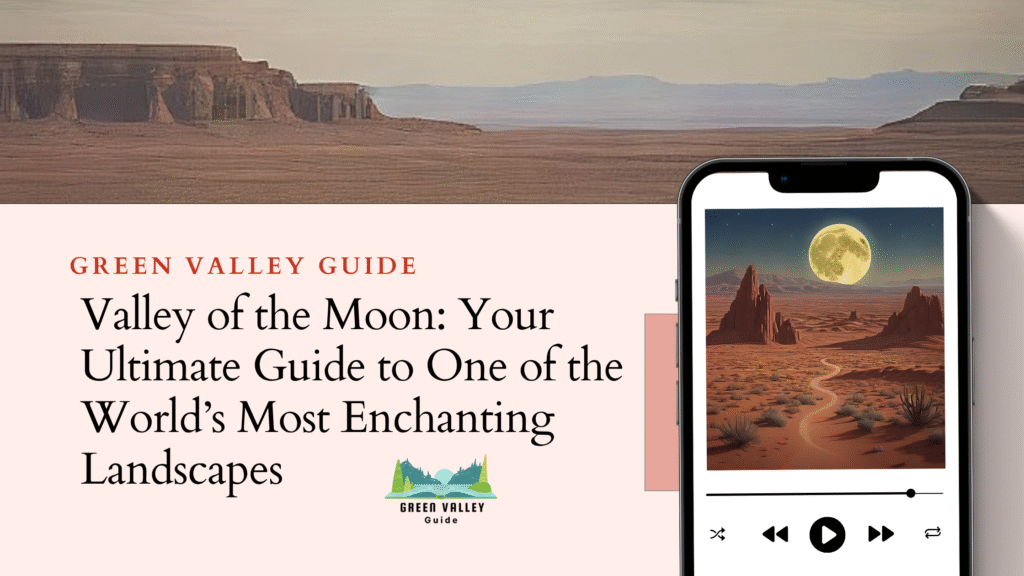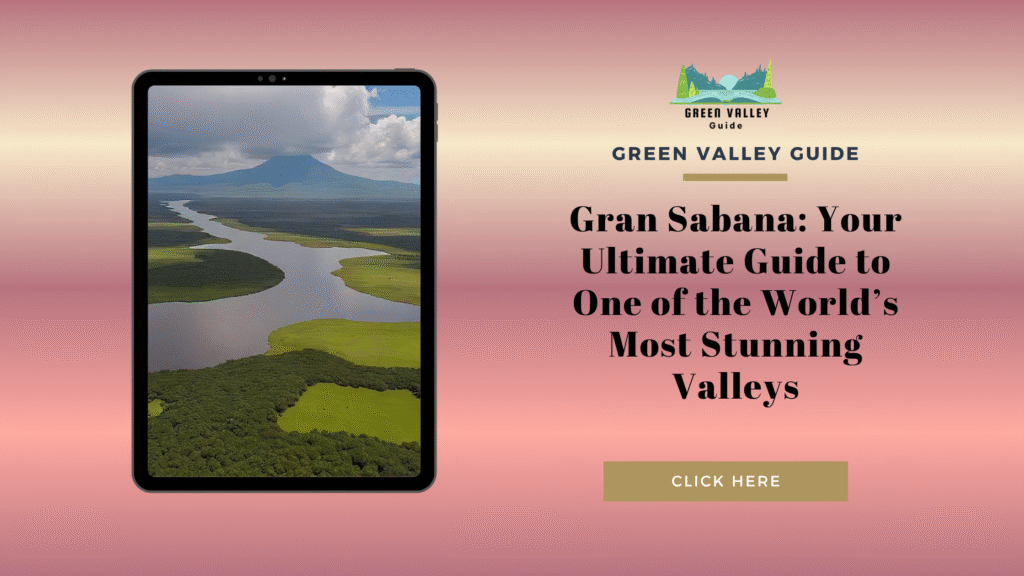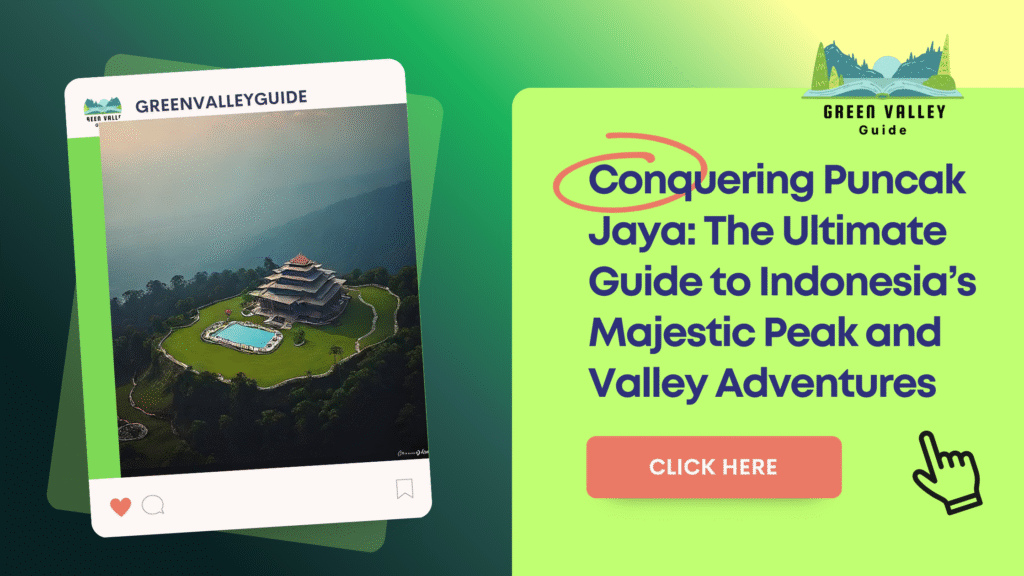Table of Contents
Introduction: Enter the Otherworldly Valley of Geysers
Consider the scenario where you are in a distant volcanic valley and the earth is hissing, with steam and bubbling water showers everywhere, and the earth is actually blowing like a steam engine – welcome to the Valley of Geysers, one of the rarest and most spectacular attractions on the planet. Hidden in the rugged Kamchatka Peninsula of Russia, this little-known geothermal jewel boasts over 90 active geysers, beautiful hot springs, mud pots that bubble and boil, and an entire landscape that appears to be on another planet altogether.
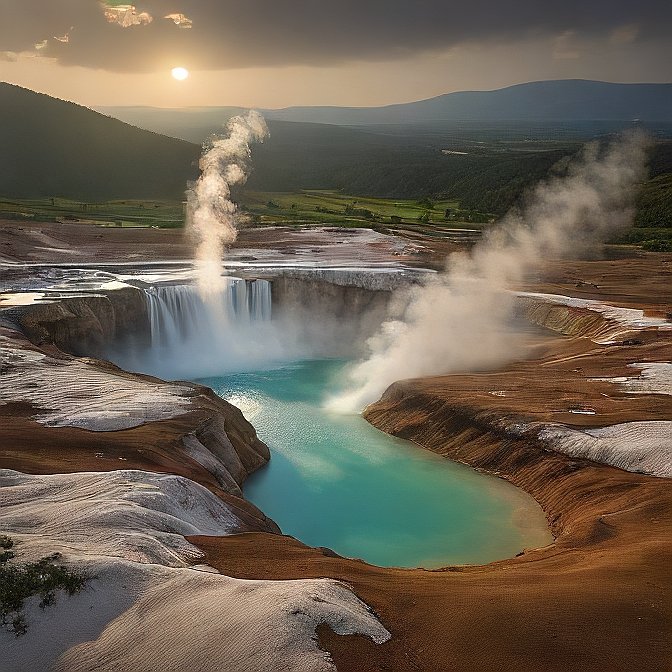
Valley of Geysers is the most famous site near Russia that is often called a Russian Yellowstone because it is the combination of geological drama, on the one hand, and untouched beauty, on the other. Getting to it is not a walk in the park, and that is the point which makes it special.
Here you will find all the best hiding places about visiting this faraway paradise: the creation of the wonderland, visiting time, helicopter flights, and the laws of conservation, as well as animal and plant life forms of this valley in detail. And be amazed by one of the most explosive landscapes on Earth, even if you are only fantasizing about touring or actually booking an adventure to somewhere most distant.
Where Is the Valley of Geysers? Russia’s Best-Kept Natural Secret
The Geysers Valley is at the very depth of the Kamchatka Peninsula of the Far East of Russia, which is one of the most geologically active places on the globe. This picturesque land of the Kronotsky Nature Reserve is located within the territory of the Volcanoes of Kamchatka UNESCO World Heritage Site.
On its way to the Valley, it is an adventure in itself because the place can only be reached by helicopter as it is flown into Petropavlovsk-Kamchatsky, which is the region’s capital. The fact that it is quite remote has been a handy tool in ensuring that it has helped in maintaining the ecosystem, but has only served to enhance its pure atmosphere, thus making it one of the least explored natural wonders in the world.
How the Valley of Geysers Was Formed: Earth’s Thermal Theater
The Valley of Geysers is a magnificent piece of land because of the fantastic volcanic activity that is going on below the Kamchatka Peninsula. Underground warming of magma by thousands of years forces the water to come out through cracks in the earth’s crust, where it gushes out in the shape of over 90 geysers, steam vents, and boiling springs.
It is characterized by the formation of the Uzon Caldera, the movement of the tectonic fault, and this is what results in the creation of a land with a strange topography. A huge landslide in 2007 temporarily buried some sections of the valley, resulting in the formation of new thermal structures. The dynamic environment is still being reformed by nature presently, providing the geologists with a unique opportunity to observe a developing hydrothermal system.
Top Geysers and Natural Features You Can’t Miss
Although all the features of the Valley of Geysers are amazing, some are truly impressed with their geysers and features:
- Velikan Geyser (The Giant): The largest geyser in the valley, and its height can reach 25m.
- Fountain Geyser: This erupts in a rhythmical clockwork manner.
- Grotto Geyser: A gorgeous geyser framed with mineral colorations.
- Firstborn Geyser: It is the first to be found, and one of the most active geysers in the valley.
You cannot miss mud pots, steam vents, as well as asmineral-coveredg terraces that turn colors as microbial activity comes up. Photographers and nature lovers may consider the misty sunrise and the vibrant colors of the geothermal phenomenon a dream come true in terms of capturing the image with a camera.
Check Out: Valley of the Moon: Your Ultimate Guide to One of the World’s Most Enchanting Landscapes.
Best Time to Visit the Valley of Geysers: Seasons, Weather & Tips
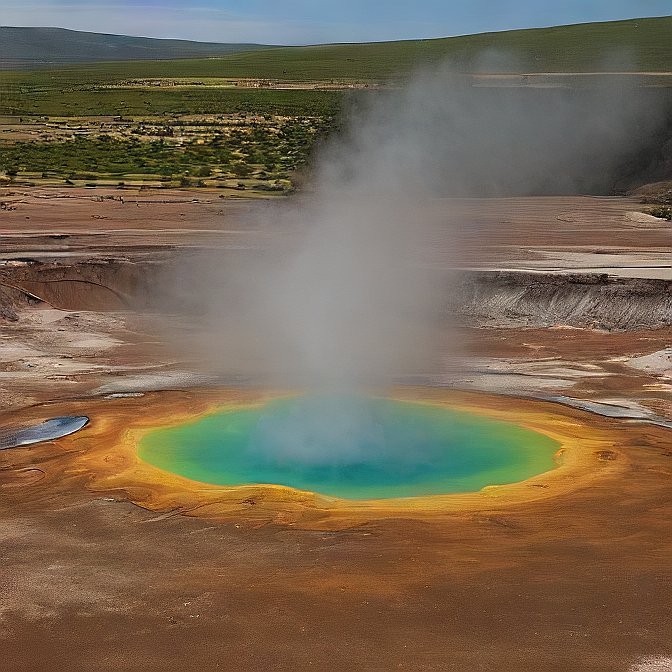
Generally, the Valley of Geysers is open to strollers from late May to early October when the weather is suitable for helicopter flight. This is what is likely to happen during each season:
- Spring (May-June): There is still snow on the mountains, and rivers are flooded with the melted water. The geysers mix in perfectly contrasting shades using snow-covered backgrounds.
- Summer (July-August): Full of lush green and wildflowers, this is the most accepted time of year. Anticipate light daytime temperatures.
- Autumn (September–early October): Fewer crowds and golden foliage offer a peaceful, colorful experience before snowfall resumes.
Packing tips: Bring layered clothing, a rainproof jacket, sturdy hiking shoes, and camera protection for the moist, unpredictable climate.
How to Get There: Permits, Helicopter Tours & Travel Logistics
Due to the strict protection of a nature reserve where the Valley of Geysers is located, the area of visit is controlled strictly. Tourists need to be part of a registered tour company and have permits in advance before visiting Rwanda, and you cannot come on your own.
The vast majority of tours leave by helicopter out of Petropavlovsk-Kamchatsky and usually contain:
- Two-way flight around volcanoes, lava plains, and valleys
- Nature walk tour around the area of the geysers
- The visit to the Uzon Caldera or hot springs
It won’t be cheap, and entry prices on tours can vary between 500 and 700 dollars USD, but the experience may make it worth the price. It is important to book in advance most especially during peak periods during the summer.
Wildlife and Ecosystem of the Valley of Geysers
The valley of Geysers has a bountiful ecosystem regardless of its steaming vents and boiling springs. Surrounding the alpine meadows lie birch forests where a considerable variety of birds and wild animals are to be found:
- The Kamchatka brown bears, which are frequently fishing or just strolling along the river banks
- Foxes, white sheep, and eagles flying along the ridges
- Alpine flowers, ferns, and lichen, which were adapted to thermal soil, were rare.
Geothermal activity reacts to form microhabitats to support unique species, and this affects the vegetation patterns in the area and also provides warm ground in cold times. Such a peculiar coexistence of heat and life renders the valley a prime research area for scientists involved in the study of geothermal biology and climate adjustment.
Safety and Environmental Etiquette
The Valley of Geysers is a vulnerable and careless terrain – the ground on which you are walking may be simply a thin crusting of the boiling water. To keep you and this natural wonder safe:
- Never leave official trails and overlooks
- It is also important not to touch or enter anything that has thermal pools, vents, or mineral deposits
- Always keep to your guide, because steam vents and thin ground are not visible
The Kronotsky Nature Reserve has very strict rules in order to preserve visitors as well as the delicate environment. No littering and no use of drones as well and no disturbing of wildlife are part of this. Abidance in these considerations contributes to the maintenance of the beauty of the valley in the future.
Beyond the Geysers: What Else to Explore in Kamchatka
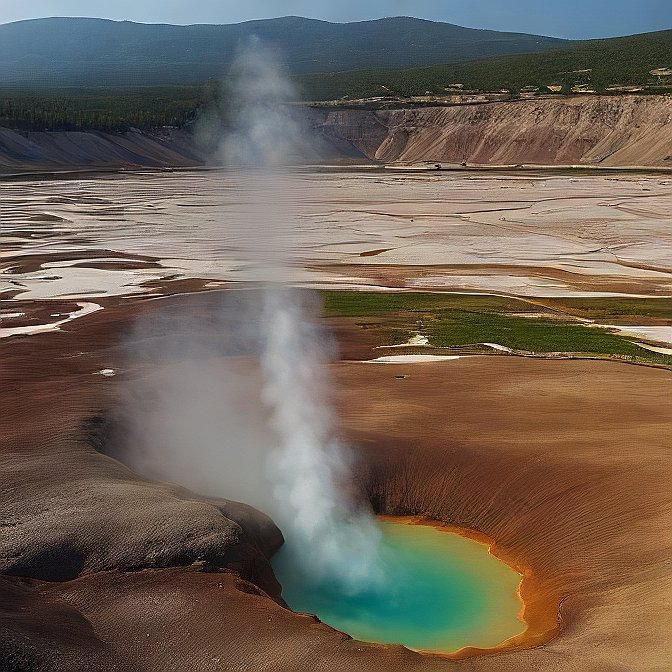
Although the Valley of Geysers is one of the main attractions, the wild nature of Kamchatka is replete with other jaw-dropping impressions. Handy local points of interest:
- Kronotsky Volcano: It is an ideal cone volcano that is likened to Mount Fuji
- Uzon Caldera: A geothermal basin of boiling mud pots, hot lakes, and uncommon minerals
- Kuril Lake: Located on one of the best salmon-watching locations on Earth (watching the brown bears catching the salmon)
You may also choose to immerse yourself in the volcano-trotting, volcano sightseeing, volcano trekking, volcano pleasure, volcano heli-therapy, and helicopter wildlife photo taking in the lava fields, glaciers-topped mountains, natural hot springs, and volcanic extended sightseeing. Kamchatka remains perhaps the final frontier of adventure travel, and the Valley of Geysers is only a start.
Conclusion: The Valley of Geysers — A Journey to Earth’s Fiery Heart
Valley of Geysers in the Kamchatka Peninsula in Russia is something more than a destination: it is a view to the raw and untouched power of the Earth. It has its explosive geysers, hot springs, wild animals, and virgin landscape, which is far beyond the reach of an average tourist.
Nature photographer, a geology hobbyist, or a daredevil traveler, the Valley of Geysers is an opportunity to get closer to the world in which nature reigns.
And when you need something special in life, this volcanic haven should land at the top of your choice list!
For more info: Click Here.
FAQs About the Valley of Geysers
Is it possible to make a visit to the Valley of Geysers without a companion?
No, because of its sensitive ecosystem and its way out of any civilization, the Valley of Geysers can be visited through the sole approved guided helicopter tours, which depart from Petropavlovsk-Kamchatsky.
What is the most appropriate time to visit the Valley of Geysers?
The ideal visit period is during May and October when the weather is stable and the valley is open to tourists. The brightest landscapes and active geysers are available in July and August.
Is the Valley of Geysers worth that money and time?
Absolutely. Although it is not a cheap excursion, the geothermal land of geysers called the Valley of Geysers is an experience you might have only once in your life, and this is an exclusive view of geysers, wilderness, and absolute absence of the proximity of civilization; a feeling of isolation which can hardly be seen even on the planet.

